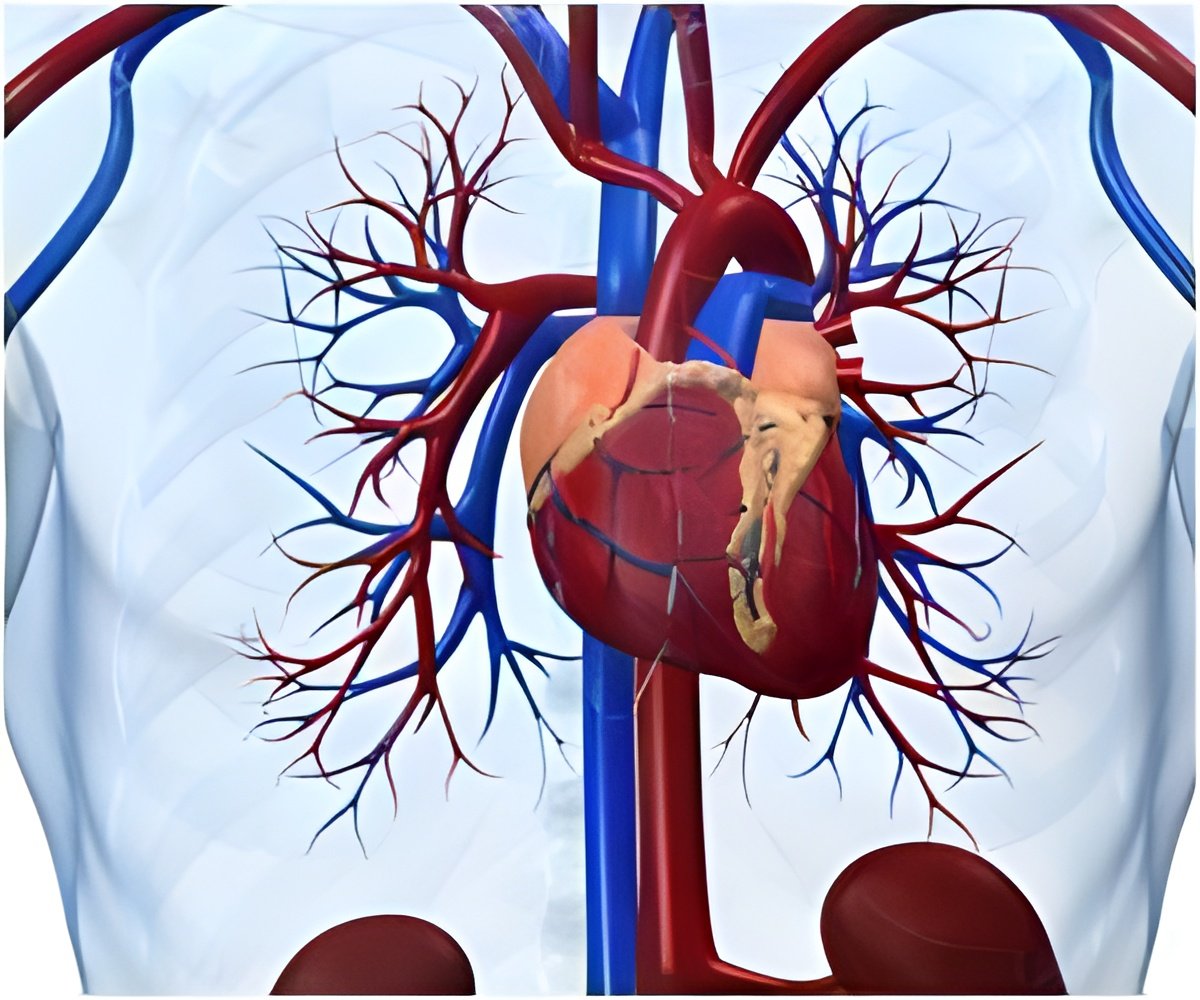Researchers at the Worcester Polytechnic Institute (WPI) have demonstrated a new way to deliver stem cells to targeted areas of the body to repair diseased or damaged tissue.

Glenn Gaudette, lead author and team focused teamed up with George Pins of WPI, to use in various applications of wound-healing and cellular therapy. The microthreads, which are about the thickness of a human hair, are made of fibrin, a protein that helps blood clot.
The threads can be engineered to have different tensile strengths and to dissolve at different rates once implanted so they can be fine-tuned for a variety of uses. Pins is exploring the use of threads to produce replacement tendons and ligaments.
The team developed protocols to seed hMSCs on small bundles of the fibrin microthreads. Once the stem cells attached to the threads, they were cultured for five days and the data showed the cells began to multiply until the two-centimeter-long threads were virtually covered, with nearly 10,000 cells hMSCs on each one.
After the seeding and growing process, the team attached the microthreads to a surgical needle and drew them through a collagen gel made to simulate human tissue. When the threads were drawn through the gel, the vast majority of the stem cells remained alive and attached to threads, suggesting they could be sutured into human tissue.
The also examined the hMSCs that had grown on the threads to see if they remained multipotent, meaning they retain the ability to grow into other types of cells.
Advertisement
The results were reported in the Journal of Biomedical Materials Research.
Advertisement












